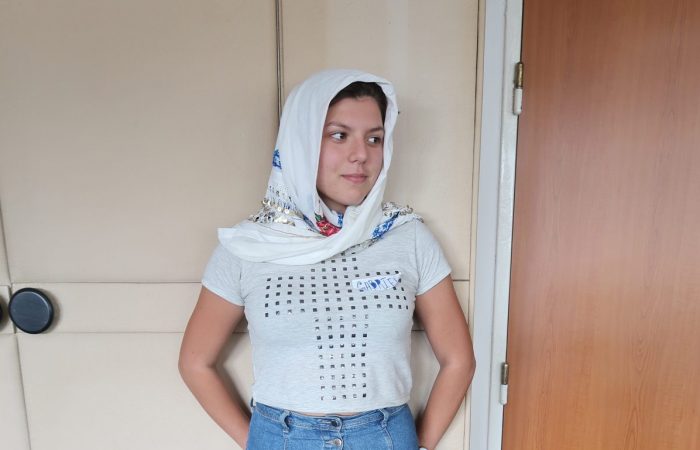
Students Blog: The Scarf
September 4, 2019The following blog is the outcome of our ESSR Summer School: State Socialism Beyond Textbooks, and it was written by summer school students (and then edited for clarity). The task was to see an object of their choice through the lens of different perspectives, as we develop them in our methodological guidelines. And while it may lack some historical accuracy, it testifies to our students’ deep interest in the past.
Socialism was one of the cruelest political systems. Many people suffered because of the procedures of this type of regime. The summer school that we attended in Prague illustrated the true meanings behind a lot of its actions, and we were able to explore more of its influence on religion.
In one of the events, we meet a girl who told us the story of her family. She showed us a Turkish headscarf. Her family was one of the victims of the revival process in Bulgaria.
In the beginning of the communist period, Bulgarian Turks had to change their names, their religion, and their ways of dressing. These people were robbed of part of their identity and legacy.
The family of this girl was frustrated and deeply hurt by the cost that they had to pay for staying in Bulgaria. After the opening of the Bulgarian borders to Turkey, 300,000 Turks left the country, ashamed and disturbed.
We empathise with all the people who suffered through those changes. This was the story from one of the many objects that people from other countries brought to this event. This scarf represented the oppression towards these people.
Every single item there had its own history.
Written by:
Kalina Bozhilova — Bulgaria
Filip Godavec — Slovakia
Ema Drinic — Bosnia and Herzegovina
